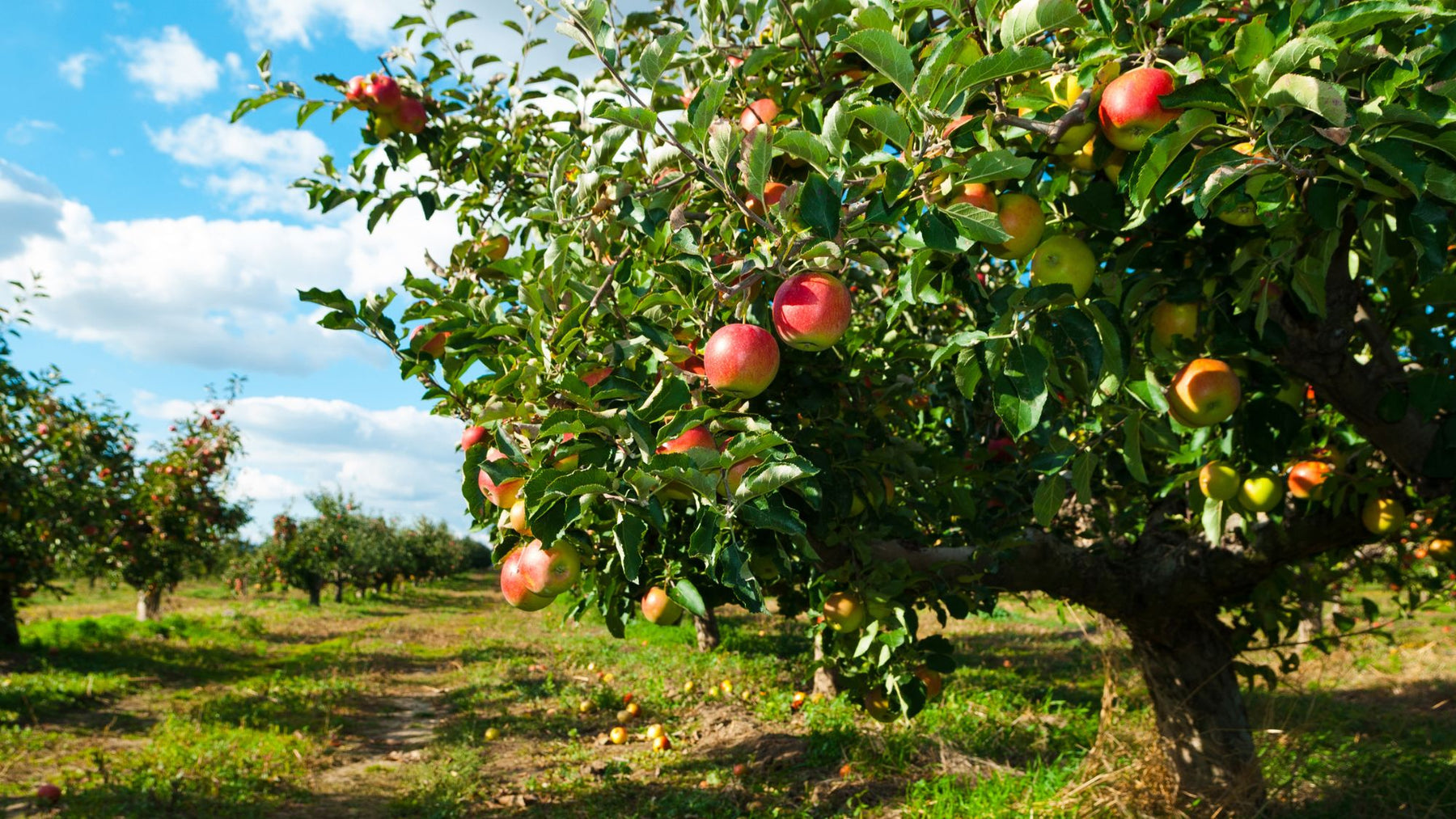
A Guide to Pruning Apple Trees in Your Garden
Pruning Apple Trees
Apple trees are a popular fruit tree choice for many gardeners in the UK. Not only do they provide delicious fruit, but they also add beauty to the landscape with their blossoms in the spring and foliage in the summer. However, to ensure a healthy and productive apple tree, regular pruning is essential. In this guide, we will discuss the importance of pruning apple trees and provide step-by-step instructions on how to properly prune your apple tree in the UK.
Why Prune Apple Trees?
Pruning apple trees is crucial for several reasons. Firstly, it helps to maintain the overall health of the tree by removing dead, diseased, or damaged branches. This not only improves the appearance of the tree but also reduces the risk of pests and diseases spreading. Additionally, pruning allows more light and air to reach the interior of the tree, promoting better fruit production and ripening.
When to Prune Apple Trees
The best time to prune apple trees in the UK is during the winter months when the tree is dormant. This is typically between late autumn and early spring. Avoid pruning during the summer months when the tree is actively growing, as this can cause stress to the tree and may result in reduced fruit production.
How to Prune Apple Trees
1. Start by inspecting the tree for dead, diseased, or damaged branches. Use sharp pruning shears to remove these branches at their point of origin, making clean cuts just above the collar (the swollen area where the branch meets the trunk).
2. Next, identify any branches that are crossing or rubbing against each other. Select the stronger of the two branches and remove the weaker one. This will help to create a more open canopy and reduce the risk of branches becoming entangled.
3. Thin out any crowded areas of the tree by removing smaller, weaker branches. This will allow more light and air to reach the tree's interior and promote better fruit production.
4. Step back regularly to assess the overall shape of the tree and make any necessary adjustments. Aim for a balanced canopy with an open center to allow for good air circulation.
5. After pruning, be sure to clean up any debris around the base of the tree and apply a layer of mulch to help retain moisture and suppress weeds.
Pruning apple trees may seem daunting at first, but with a little practice and the right tools, it can be a rewarding task that will help to keep your tree healthy and productive for years to come. So grab your pruning shears and get started on shaping up your apple tree this winter!
